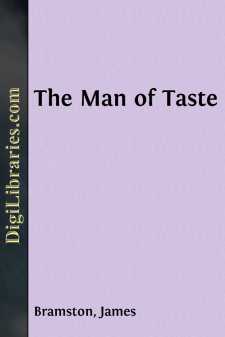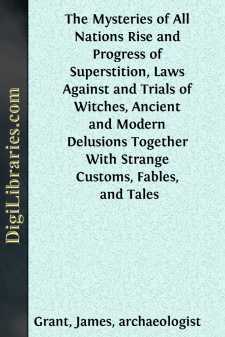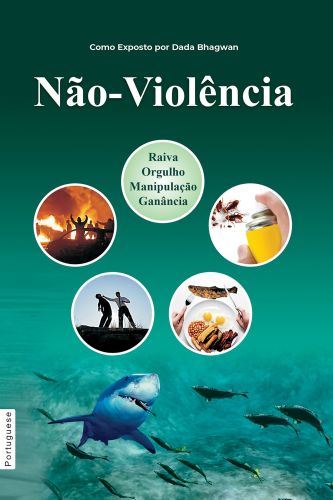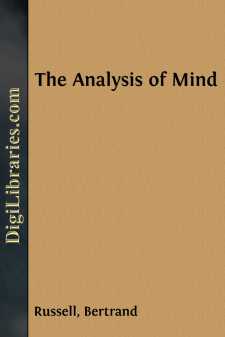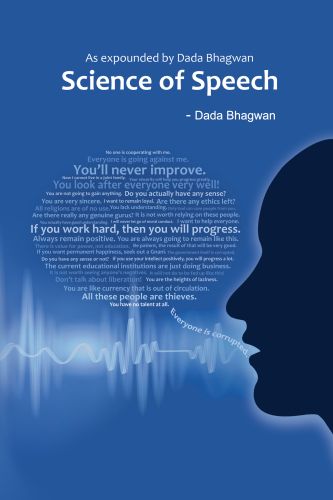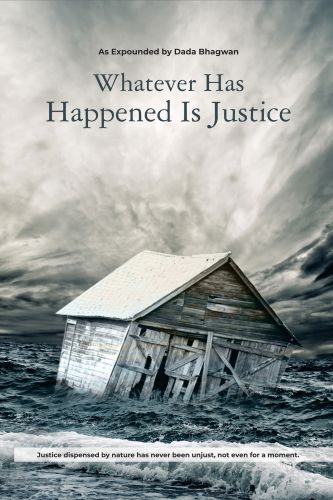Categories
- Antiques & Collectibles 13
- Architecture 36
- Art 48
- Bibles 22
- Biography & Autobiography 813
- Body, Mind & Spirit 142
- Business & Economics 28
- Children's Books 15
- Children's Fiction 12
- Computers 4
- Cooking 94
- Crafts & Hobbies 4
- Drama 346
- Education 46
- Family & Relationships 57
- Fiction 11828
- Games 19
- Gardening 17
- Health & Fitness 34
- History 1377
- House & Home 1
- Humor 147
- Juvenile Fiction 1873
- Juvenile Nonfiction 202
- Language Arts & Disciplines 88
- Law 16
- Literary Collections 686
- Literary Criticism 179
- Mathematics 13
- Medical 41
- Music 40
- Nature 179
- Non-Classifiable 1768
- Performing Arts 7
- Periodicals 1453
- Philosophy 64
- Photography 2
- Poetry 896
- Political Science 203
- Psychology 42
- Reference 154
- Religion 513
- Science 126
- Self-Help 84
- Social Science 81
- Sports & Recreation 34
- Study Aids 3
- Technology & Engineering 59
- Transportation 23
- Travel 463
- True Crime 29
The Man of Taste
by: James Bramston
Description:
Excerpt
INTRODUCTION
For what has Virro painted, built, and planted?
Only to show, how many Tastes he wanted.
What brought Sir Visto's ill got wealth to waste?
Some Daemon whisper'd, "Visto! have a Taste."
(Pope, Epistle to Burlington)
The idea of "taste" and the ideal of the "man of taste" have fallen considerably in critical esteem since the eighteenth century. When F. R. Leavis calls Andrew Lang "a scholar and a man of taste, with a feeling for language and a desire to write poetry,"[1] it is clear that for Leavis these attributes disqualify Lang from being taken seriously as a poet. But for the age of Pope, "taste" was a key term in its aesthetic thinking; the meaning and application of the term was a lively issue which engaged most of the ablest minds of the period.
Addison prefaced his series of Spectator papers on the "Pleasures of the Imagination" with a ground-clearing essay on "taste" (No. 409). In this classic account of the term, Addison defines "taste" as "that Faculty of the Soul, which discerns the Beauties of an Author with Pleasure, and the Imperfections with Dislike." Addison's "taste" is an innate proclivity towards certain kinds of aesthetic experience that has been consciously cultivated in the approved direction. It is not enough to value and enjoy the right authors; they must be valued and enjoyed for the right reasons. When he holds up to ridicule the man who assured him that "the greatest Pleasure he took in reading Virgil, was in examining Aeneas his Voyage by the Map," Addison clearly expects his readers to agree that such a singular taste was in fact no taste at all. His account implies not only a standard of "taste," but also general agreement, at least among "men of taste," about what the standard was. It is this circularity that makes it essential to assume some innate faculty of "taste."
But Addison's prescription for the cultivation of taste was a laborious one, involving prolonged reading and study. The wealthy, and especially the newly wealthy, were tempted to confuse the correct appreciation of the objects of taste with the mere possession of them; so that, as with Pope's Timon in the Epistle to Burlington (1731), owning a library became a substitute for reading books. This false taste for ostentation—especially in buildings—is a frequent target of contemporary satire.
The social importance of "taste" as an index of wealth was reinforced by current philosophical thinking that gave "taste" a moral dimension too. In his Characteristicks (1711), Shaftesbury postulated an innate moral sense, just as Addison did an innate aesthetic sense. Shaftesbury draws this analogy between the moral and the aesthetic:
The Case is the same here [in the mental or moral Subjects], as in the ordinary Bodys, or common Subjects of Sense. The Shapes, Motions, Colours, and Proportions of these being presented to our Eye; there necessarily results a Beauty or Deformity, according to the different Measure, Arrangement and Disposition of their several Parts....


